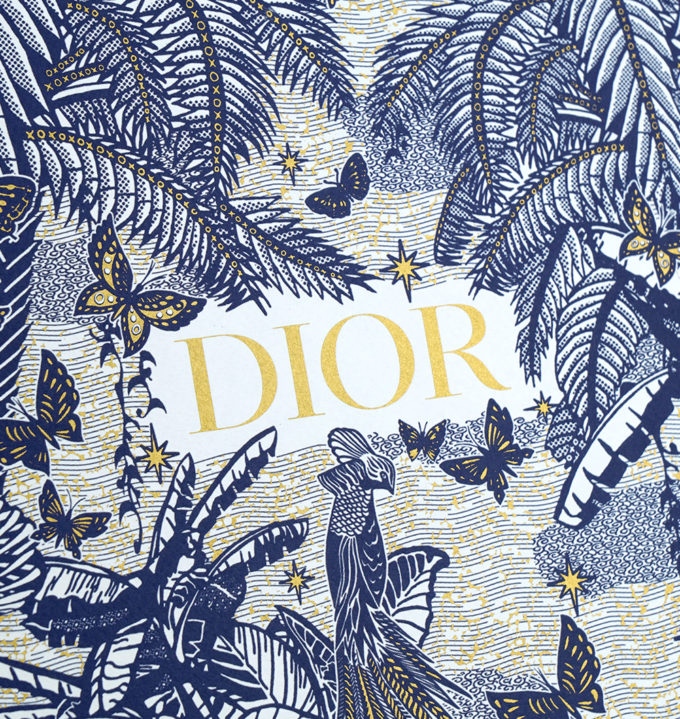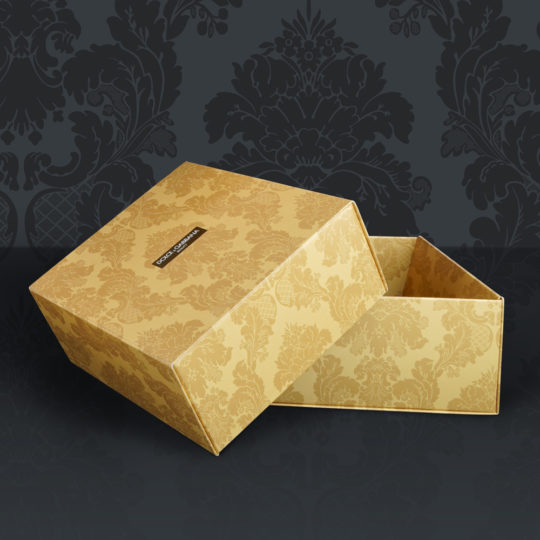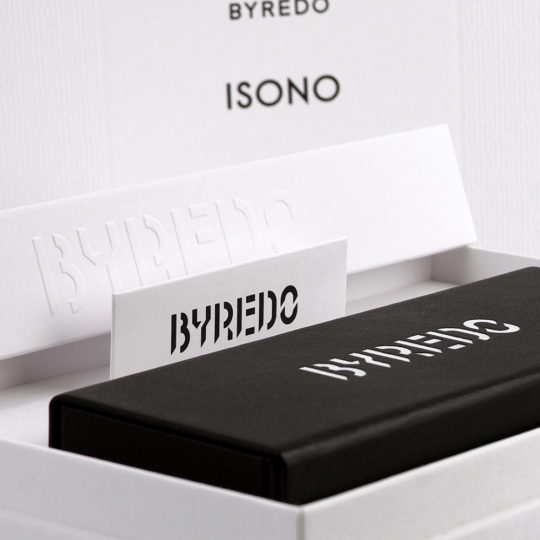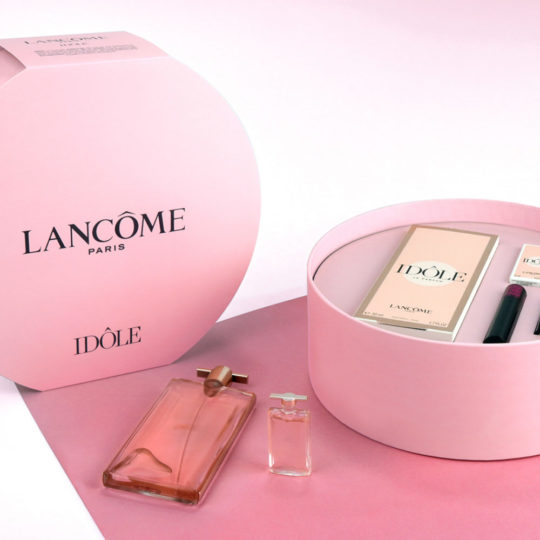What would a luxury product be without suitable packaging? If the materials seem unchanging, packaging evolves, as do the many constraints linked to inertia and external factors. Fierce competition, the move upmarket, the upscale of products to premium estate, the importance of marketing… the market forces are there for all to see. But it is also necessary to consider changing expectations and ethical and societal issues, between sustainable development and personalization, all in a digital economy where the slightest mistake by a brand is pilloried. Explanations and decipherments.
The role of packaging in luxury products
Is it a simple container that is quickly forgotten, or is it an intrinsic value creation linked to the customer experience? Without a doubt, luxury packaging is anything but incidental.
A marketing lever
For buyers of luxury goods, the packaging of a product requires special attention. It is like a shop window. Something that should make people want and look forward to the Holy Grail it contains. So for a luxury brand, focusing on the visual and tactile senses can be very effective. Well-designed packaging gives the product an elitist character and reinforces the emotional appeal of the brand. This creates a sense of desire in the customer and is part of a brand’s marketing strategy.
Confirmation of positioning
The care given to the packaging is very important for a luxury product. It is the first thing the consumer sees. It is an indication of the quality of the products it contains. When a buyer pays a lot of money for a product, he or she expects the packaging to be of exceptional quality. In this sense, it should not only be aesthetically pleasing, but also functional. The elegance of opening and handling the packaging must also be considered. This is something that Apple has fully integrated into its packaging for all its electronic products. Touch, sound, style, organisation of elements… nothing is left to chance, which reinforces the brand’s premium positioning.
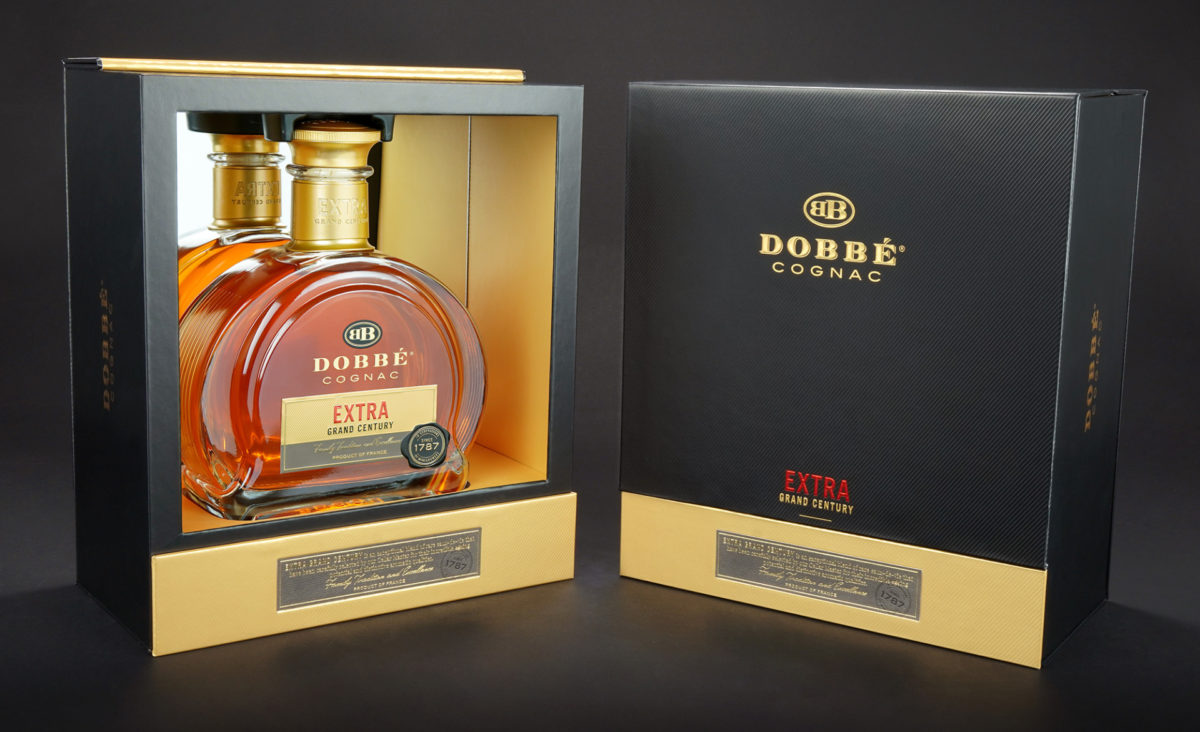
A means of ensuring consistency of message
It’s a tool. It is perpetually linked to the brand’s image, just like its logo. The packaging thus becomes an identification tool that must be relevant and in perfect harmony with its spirit. Indirectly, it is an opportunity to highlight and underline the brand’s know-how, as could be the quality of its shops or the design of its website.
A stakeholder in the experience enhanced by social networks
Packaging is an extension of the product itself. This evolution in the world of luxury has been verifies by a study conducted by James Cropper on the evolution of views on packaging. 65% of consumers expect the packaging in which their luxury purchase arrives to be a continuation of the luxury experience. Only 15% considered it important ten years ago. At the time, 82% of consumers did not even consider the packaging as part of the shopping bag experience.
One of the reasons for this change can be found in social networks. They have led to a democratisation of the luxury market, with premium products filling the news feeds of Facebook, Instagram, Pinterest and TikTok. The trend of “unboxing”, which consists of filming oneself opening a product, has contributed to the focus on packaging. Instagrammable product design is becoming highly visible, reaching more people than a brand’s paid advertisement ever could.
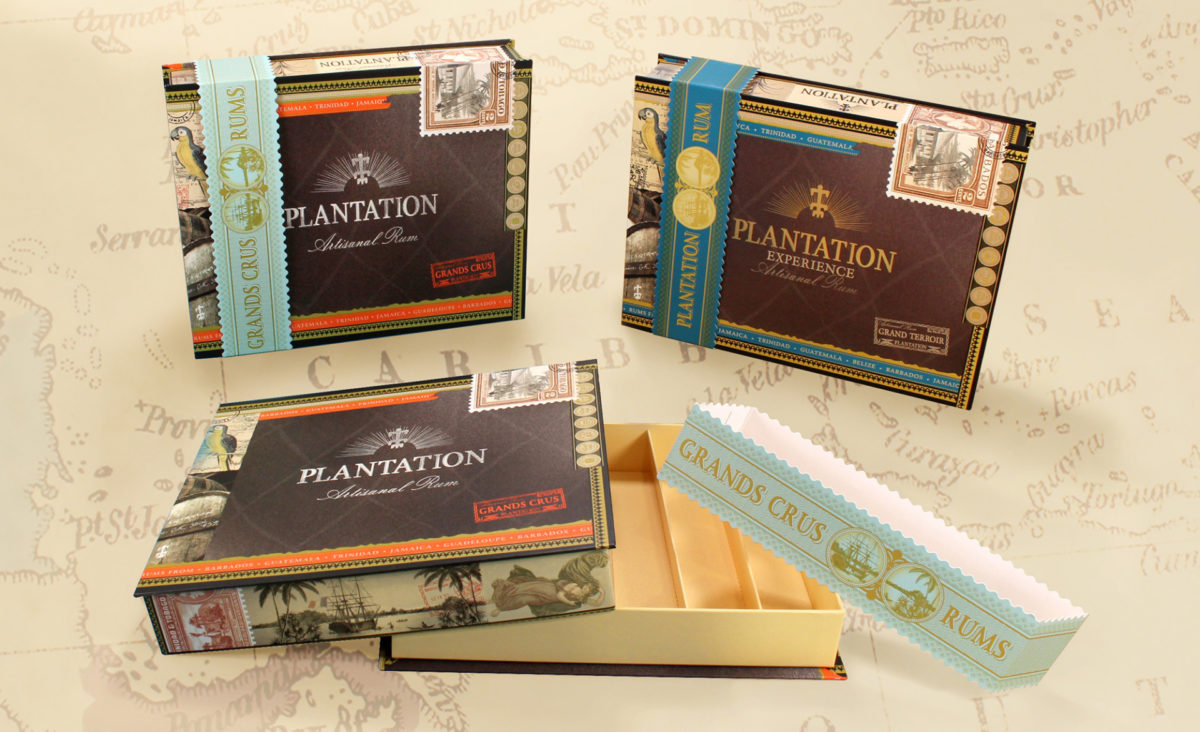
(New) trends in luxury packaging
Luxury packaging is an evolving field that adapts to the trends of our society. And if there is one subject that is getting all the attention, it is the urgent need to create sustainable and responsible packaging.
The 3r’s of sustainable development
Reduce, reuse and recycle. These are the 3Rs that are integrated into the creative philosophy of brands and designers for productions that are increasingly relocated. Glassmakers are switching to PCR (post-consumer recycled), plastic artists are looking for alternatives, and metal players are incorporating recycled aluminium into their products. The revolution for sustainable packaging is underway.
The brand Heat, which offers “mystery boxes” of luxury products, has redesigned its packaging to create a new, fully recyclable box that includes the possibility of removing the magnetic system that closes the box. Indeed, although made from recyclable materials, many packaging contain magnetic closing systems that limit their recyclability. At Heat, once the magnet is removed from the box, it can be flattened and becomes fully recyclable.
Plastics challenged
If cardboard, ennobled by gold ornaments or sophisticated reliefs, offered a real rise in the range of luxury packaging, it is above all the plastic wave, democratized in the last century, which made it evolve. Less expensive and easily malleable, plastic has imposed itself because it can be adapted to all shaped and is easy to store and transport. But this disposable material by excellence has a bad reputation and is pushing the luxury industry to deal with the concern for clean and sustainable production. This trend is forcing brands and designers to reduce the weight of plastic in their composition and to use natural, locally produced material, in order to take into account the evolution of consumer expectations. The brand Heat, which offers “mystery boxes” of luxury products, has redesigned its packaging to create a new, fully recyclable box that includes the possibility of removing the magnetic system that closes the box. Indeed, although made from recyclable materials, many packaging contain magnetic closing systems that limit their recyclability. With Heat, once the magnet is removed from the box, it can be flattened and becomes fully recyclable.
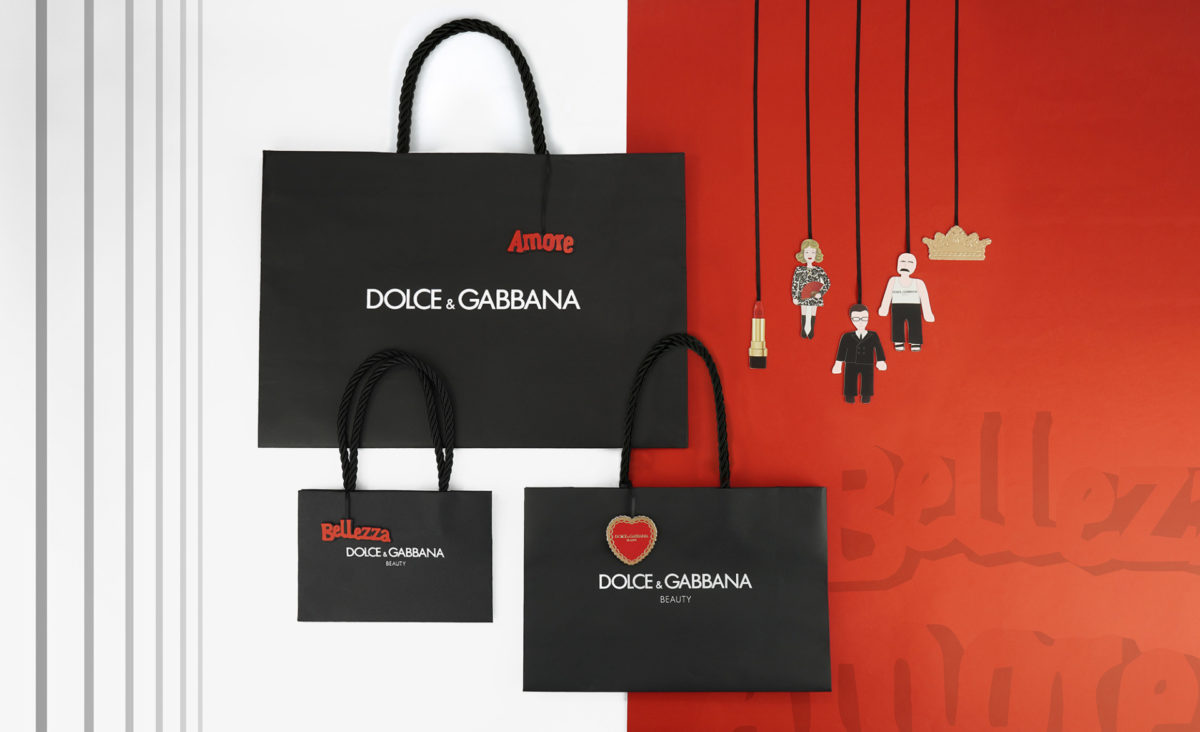
Optimised packaging for online sales
Luxury goods are no exception to the digitalisation of our economy and must adapt to online sales. This means that it is necessary to strengthen the materials chosen to optimise the protection of the package. Even at a distance, the customer must have an experience that is at least as positive as buying in a shop. This means that brands must integrate the same emotions and feelings into the act of purchase, in the logistics and management of the delivery and contact with the object. This dramatization requires the creation of clear and assertive codes within which packaging plays a crucial role. Grained paper, hand-folded silk paper… the efforts invested will be palpable when the object is taken possession of. Your packaging must not only honour your product, but also incorporate recyclable, light, and resistant materials that are suitable for transport and storage.
Reducing over-packaging
No one wants to receive a package that is disproportionately large in relation to the container. Or products individually wrapped in existing packaging, itself wrapped in a box. Reducing the weight of packaging is an obligation for a more virtuous approach.
For example, the DNVB (Digital Native Vertical Brand) Glossier, which specialises in beauty products, has adapted to recurring complaints from its environmentally conscious consumers. The brand has thus modified its packaging to reduce over-packaging. A rather defensive approach, but one that is linked to the brand’s DNA, i.e., open and sincere communication with its customers, and rapid consideration of their comments. It is clear here how a brand that disregards the subject of sustainability can be called to order by its most precious asset: its customers.
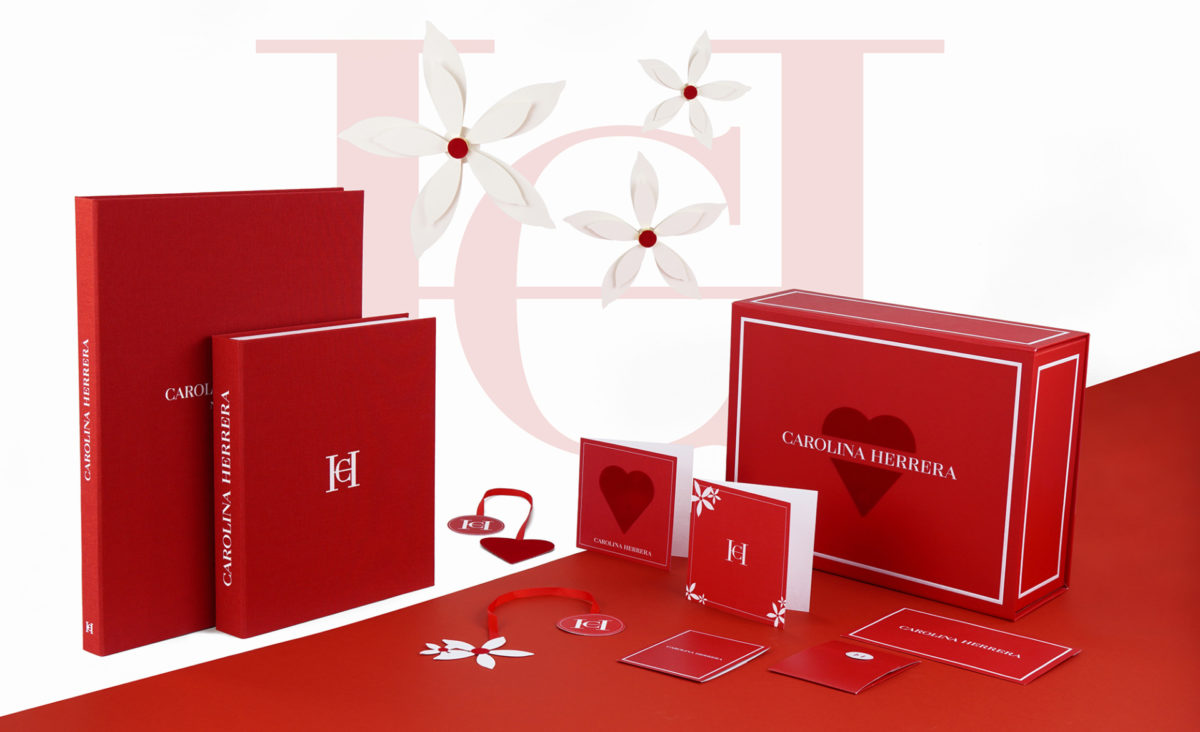
De son côté, le champagne Ruinart a transformé son packaging avec la création d’une coque moulée qui a nécessité deux années de recherche et développement. Cette innovation qui vise à remplacer les coffrets existants va transformer en profondeur le marché des emballages premium. Il est éco-conçu, ne contient aucun plastique, est 100 % recyclable et est neuf fois plus léger que son prédécesseur.
Le packaging de luxe cherche à sublimer et à mettre en scène des produits, sans cesser de trouver la solution la plus adaptée pour créer ce petit détail qui fera la différence. C’est un enjeu stratégique pour toutes les marques de luxe, grands noms séculaires ou pure players du web, afin de s’inscrire dans une tendance qui doit allier exclusivité, esthétisme, responsabilité sociétale et durabilité.
For its part, Ruinart champagne has transformed its packaging with the creation of a moulded shell which required two years of research and development. This innovation, which aims to replace existing boxes, will profoundly transform the premium packaging market. It is eco-designed, contains no plastic, is 100% recyclable and is nine times lighter than its predecessor.
Luxury packaging seeks to sublimate and stage products, without ceasing to find the most suitable solution to create that little detail that will make the difference. This is a strategic challenge for all luxury brands, whether they are big names with a long history or pure web players, to be part of a trend that must combine exclusivity, aestheticism, social responsibility and sustainability.
WOULD YOU LIKE TO KNOW MORE ABOUT LUXURY PACKAGING?
